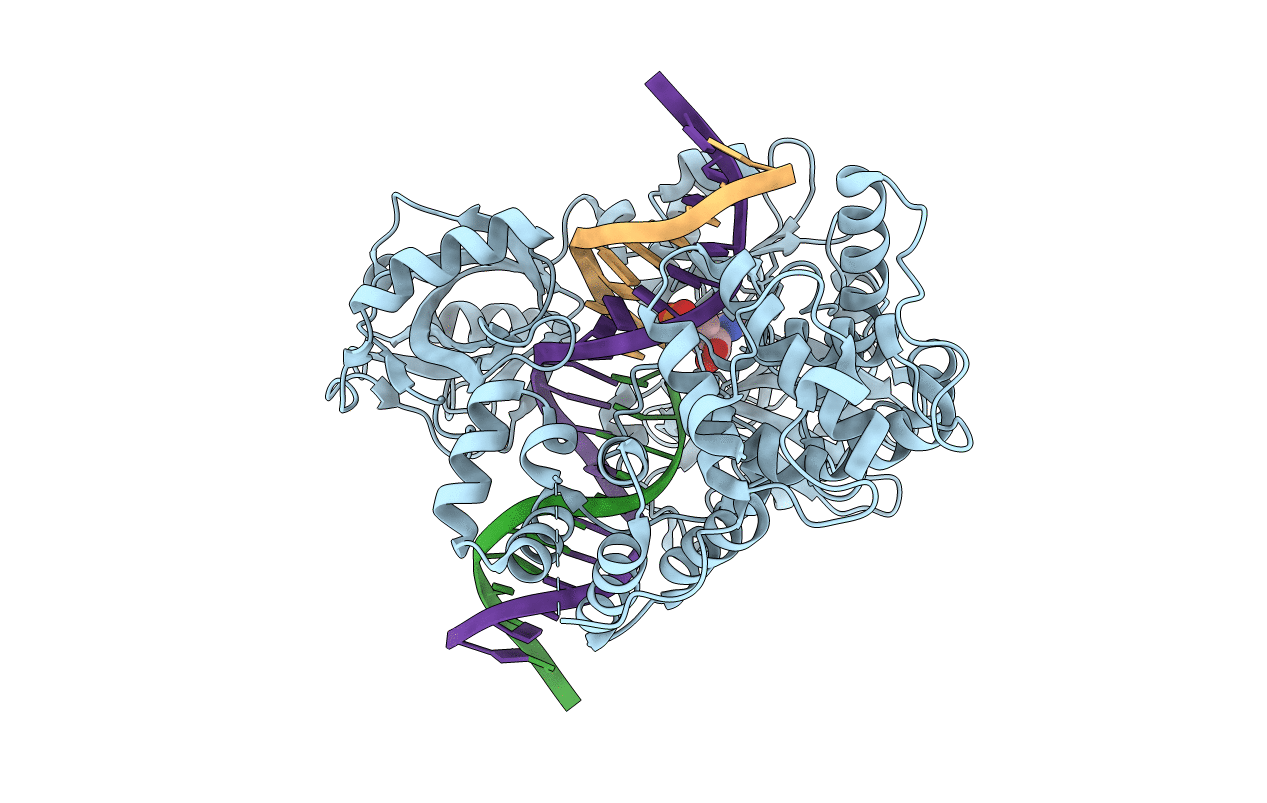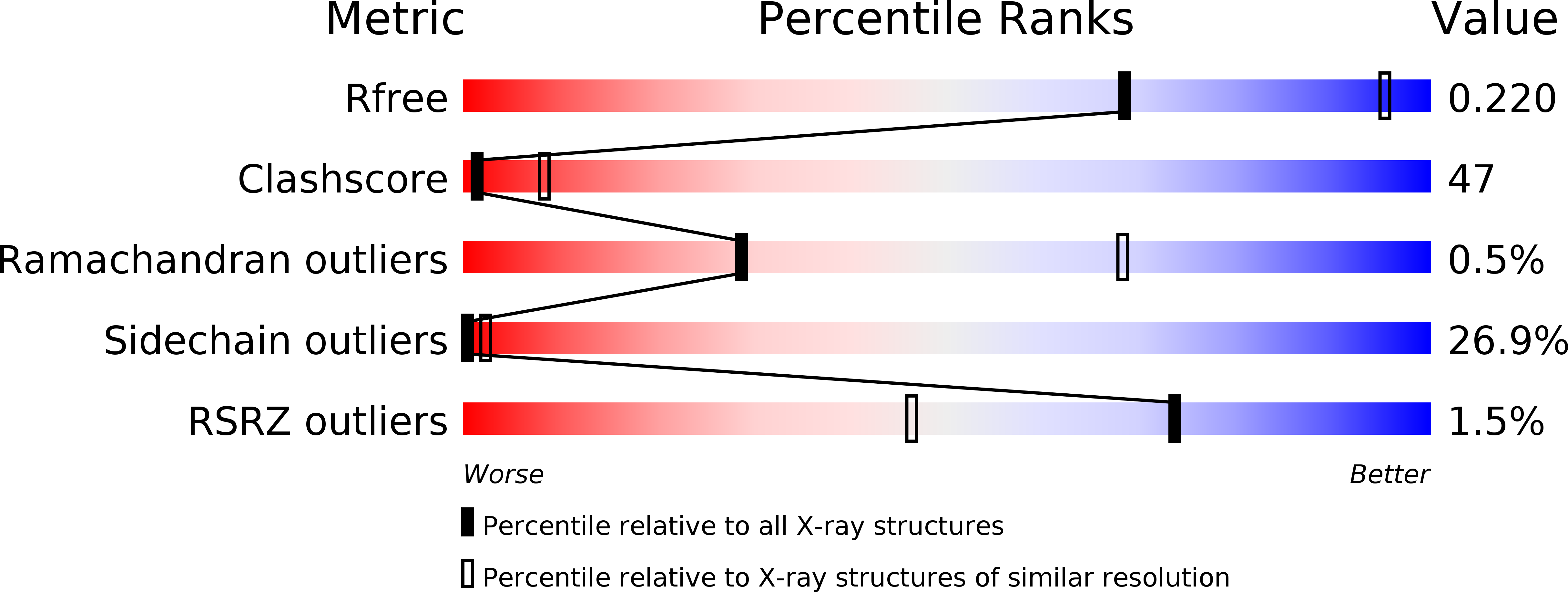
Deposition Date
2004-08-23
Release Date
2004-11-30
Last Version Date
2024-11-20
Entry Detail
PDB ID:
1X9N
Keywords:
Title:
Crystal Structure of Human DNA Ligase I bound to 5'-adenylated, nicked DNA
Biological Source:
Source Organism:
Homo sapiens (Taxon ID: 9606)
Host Organism:
Method Details:
Experimental Method:
Resolution:
3.00 Å
R-Value Free:
0.26
R-Value Work:
0.23
R-Value Observed:
0.23
Space Group:
P 63


